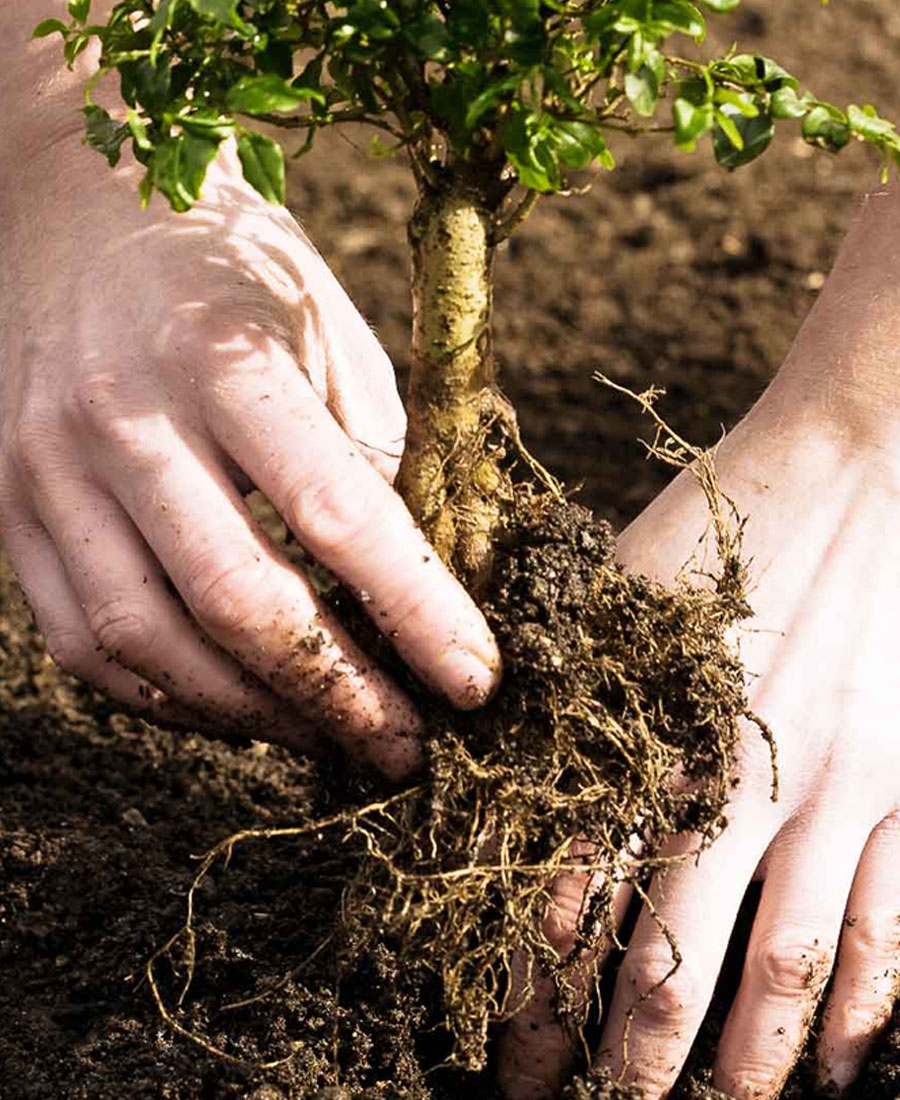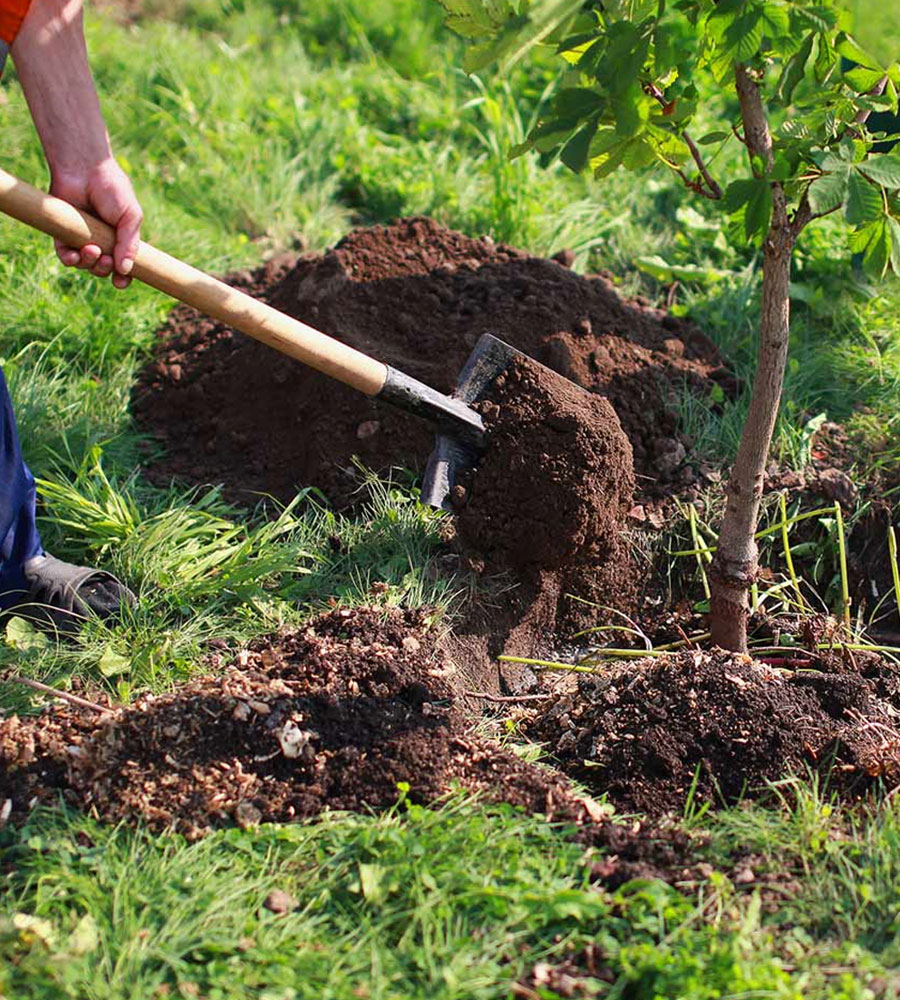Tree Planting

Tree Planting for Homeowners.
Trees are a great investment for your property. Planting trees on your property will make it more beautiful, give it major curb appeal and increase property values. Homes with well-maintained trees and plant life have much higher values than those with bare yards.
Trees protect you! Trees produce oxygen and absorb harmful gases like carbon dioxide, airborne ammonia and more. Trees provide natural habitats for many varieties of wildlife. Strategically planting trees can provide a barrier from strong winds while also limiting soil erosion and flooding during storms.
They also help you save! Planting trees around your house can save you up to 30% in utility costs as they shelter your home from the sun, rain and wind. Trees will help you save on air-conditioning costs during the summer and reduce winter heating costs by trapping heated air, and protecting from cold winds.
Please visit this link for more details about how to properly Plant New Trees This link will explain when is the best time to plant, what is the proper location to plant, how to select the right species, what size to plant and so on.
Tree Planting for Businesses
Tree Doctors has built a reputation of being a reliable partner for large-scale tree planting projects for commercial and governmental projects. We have worked with the City of Toronto’s Ministry of Transportation, the Parks and Recreation Division and many small and large businesses.
There are many benefits to planting trees in commercial spaces. In addition to making a space look more beautiful and inviting, tree planting around city streets will prolong the life of pavement while reducing glare for pedestrians and drivers alike. Trees are known for reducing stress levels in drivers, and therefore contribute to safe and enjoyable commuting.
The advantage of trees as a filter of pollutants cannot be underestimated. Just one line of trees planted beside the city street or a highway can help to remove up to 60% of the harmful gases from the air. Besides acting as an air filter, city trees absorb as much as 50% of noise pollution. Trees help a city to filter water, and increase the rate of groundwater recharge.
Whether you're a homeowner looking to beautify your yard or a business aiming to enhance your landscape, working with a certified Toronto arborist ensures your trees are planted correctly and thrive for years to come.

call us at (416) 201-8000
You can also Visit Our Contact Page or Request a Free, No-Obligation Estimate.
This is why you should always ask to see your arborist`s Proof of Insurance Certificate and WSIB Clearance Certificate.